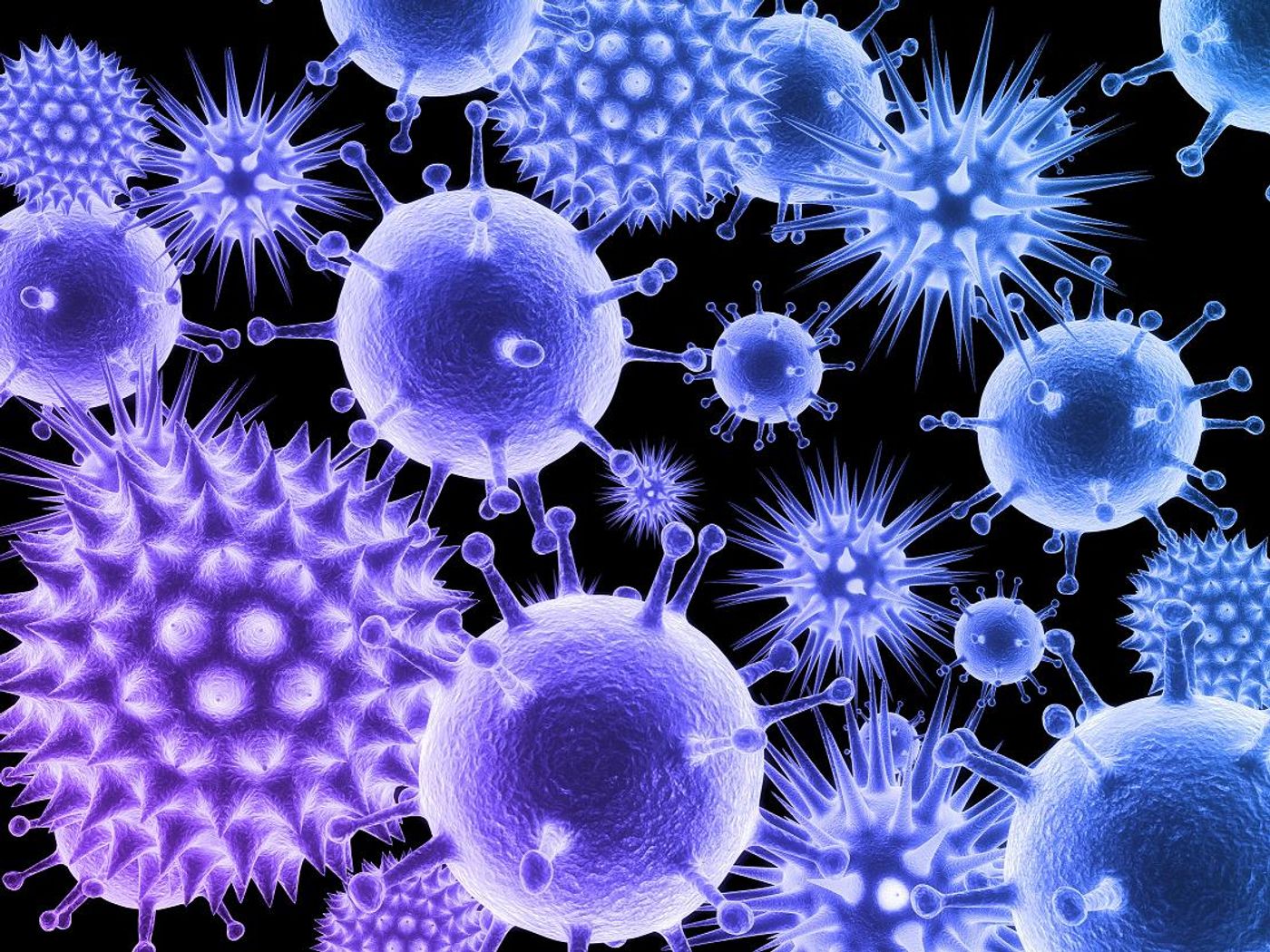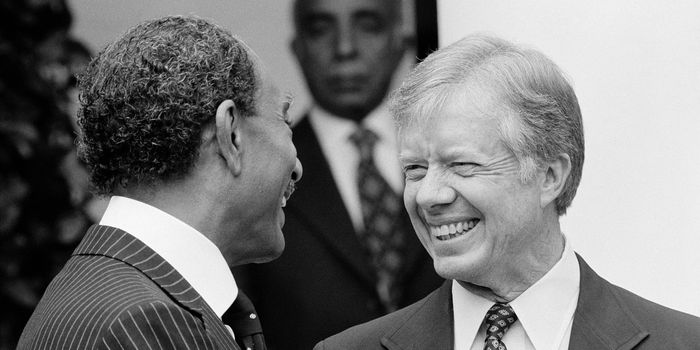A single signaling protein required for a successful immune attack against viral infections may be the key to improving the influenza vaccine.
Tumor progression locus 2 (Tpl2) protein regulates inflammation during the immune response to viral invaders by managing the production of interferon proteins. Scientists from the University of Georgia (UGA) wanted to find out exactly how Tpl2 regulates the immune response through this interaction, and they published their findings in a recent
PLoS Pathogens article.
Interferons are secreted by host immune cells when the body is invaded by pathogens (
Nature). Interferons then recruit more immune cells to take care of the infection.
In order to determine the specific action of Tpl2 during viral infection, the team from UGA compared the response of Tpl2 knockout mice with functional mice to an influenza infection. The Tpl2 knockout mice ended up having ten times as much virus in their lungs than the functional mice. In addition, they had a reduced cytotoxic T cell count, lymphocytes that are needed to clear flu virus out of the lungs.
When the scientists looked further into the interferon content of the two groups of mice, they found that while the Tpl2 knockout mice produced a normal amount of Type I interferon proteins, they produced significantly less Type III interferons than the functional mice. This distinction is important since Type III interferons are more "highly expressed at mucosal sites," indicating their necessity for a successful immune attack against the flu.
"Ultimately the goal is to generate better vaccines so that we can drive immunologic memory and protect people against subsequent infections," Dr. Wendy Watford said of the study's significance.
Although immediately useful for the flu virus, this discovery could also be beneficial for vaccine research for other viruses infecting mucosal sites like rotavirus and syncytial virus. The group from UGA plans to continue looking at the role of Tpl2 in different disease settings.
Watch the following animation to see how interferons work in the immune response to viruses.
Source:
University of Georgia









